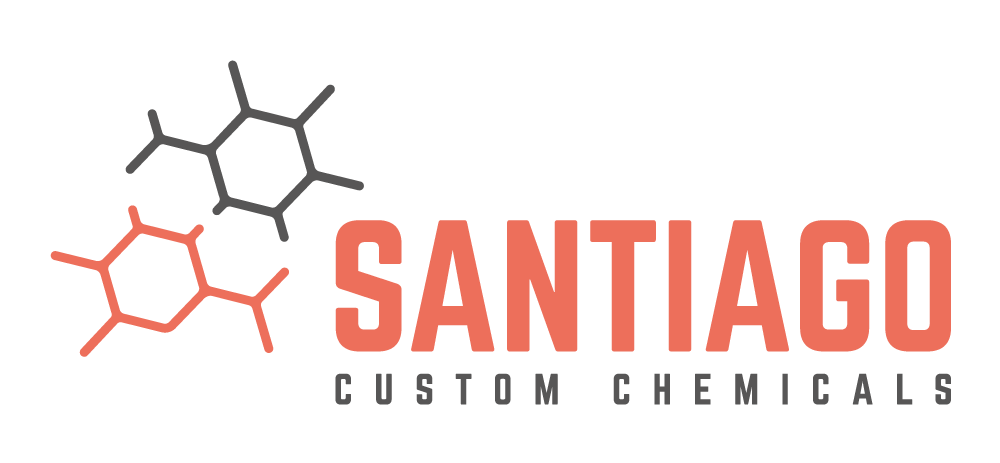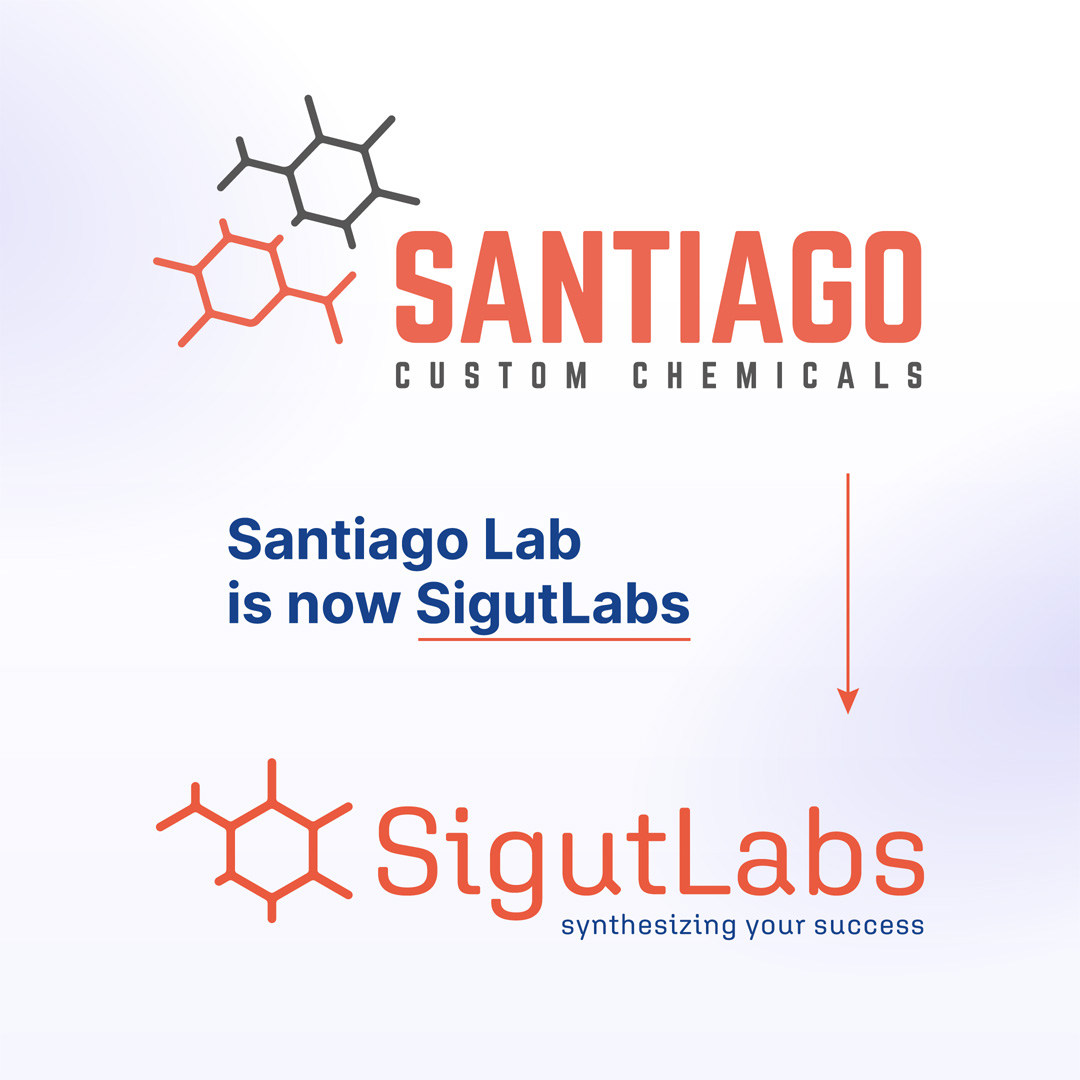- No products in the cart.
Evans oxazolidinones
Evans oxazolidinones are a class of chiral auxiliaries discovered by David A. Evans in 1982 for stereoselective alpha alkylation reactions (https://doi.org/10.1021/ja00370a050), but their applications have expanded significantly since then.

Preparation
Condensation of chiral 2-amino alcohols with phosgene or analogous carbonic acid derivatives such as CDI (carbonyldiimidazol) or diethyl carbonate yields Evans oxazolidinones (Figure 2). The chiral amino alcohols can be obtained directly (such as ephedrine) or conveniently prepared from the chiral pool of optically pure alpha amino acids.

Reactivity of Evans oxazolidinones
Evans oxazolidinones, as carbamates, are not very nucleophilic on nitrogen, so they must be deprotonated by a strong base such as butyllithium or LDA before acylation can occur (Figure 3).

The resulting chiral imide can be used in enantioselective reactions. For alpha alkylation reactions, the alpha hydrogen is first deprotonated with a strong base such as LDA, and then the resulting enolate is alkylated. To prevent elimination in aldol reactions, boron enolates can be generated with dialkylboron halides or triflates… in the presence of a weaker base such as triethylamine. Z-enolates form preferentially in both cases due to the lower steric hinderance (Figure 4).

The coordination of lithium or boron by the oxygen atoms of the acyl group and the oxazolidinone fixes the enolate’s conformation, and the steric hinderance of the bulky groups on the oxazolidinone can thus most effectively influence the stereochemistry of the reactions.
Removal of the chiral auxiliary
Following the enantioselective reaction, the Evans oxazolidinone is usually removed from the molecule to continue the synthesis. Figure 5 depicts some of the most commonly used methods of hydrolytic or reductive amide bond cleavage on an enantioselective Evans aldol reaction product. (https://doi.org/10.1039/C6RA00653A).

Application of Evans oxazolidinones in synthesis
The chiral environment introduced into the molecule by Evans oxazolidinone acylation allows us to control the stereoselectivity of reactions in the alpha or, in some cases, beta position of the originally achiral carboxylate. Alpha alkylations (https://doi.org/10.1039/C6RA00653A), aldol reactions (https://doi.org/10.1016/j.jorganchem.2020.121629), and some reactions in the beta position of acrylates, such as the Hosomi-Sakurai allylation, are examples of reactions in which Evans oxazolidinones can be used to control the stereochemistry. Evans oxazolidinone acrylates undergo enantioselective Diels-Alder reactions (https://doi.org/10.1021/ja00212a037).

Figure 6 shows one example of the use of the Evans aldol reaction in the total synthesis of Peperomin C (a bioactive secolignan found in some plants used in traditional Chinese medicine). First, the boron enolate generated by the Evans aldol reaction of N-pent-4-enoyl R-Evans phenylalaninol (1) with 3,4,5-trimethoxybenzaldehyde yields syn-aldol product 2, from which the oxazolidinone auxiliary is removed by reduction with lithium borohydride. The resulting diol 3 is then converted to the diaryl compound 4 via a series of reactions before being subjected to diastereoselective alpha alkylation directed by the existing chiral centre to yield Peperomin C.
If you are interested in organic reagents, you can find more articles here.
Santiago Lab is offering custom synthesis and contract research services in the fields of organic, bioorganic and medicinal chemistry.


